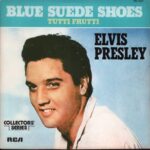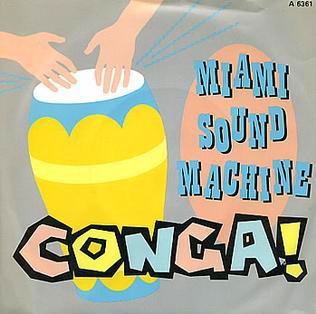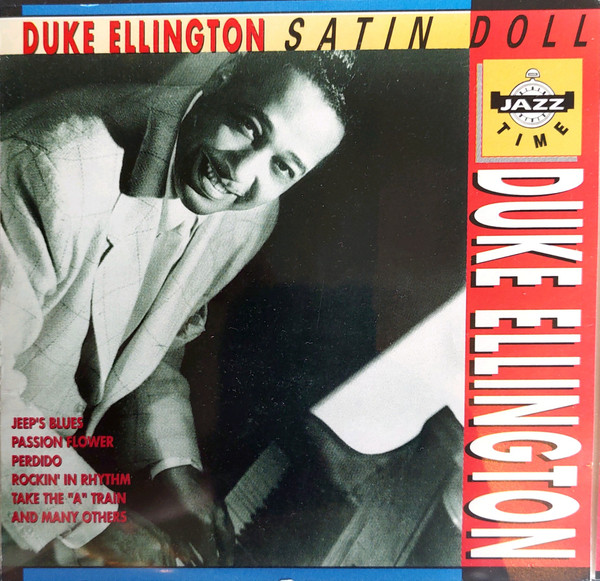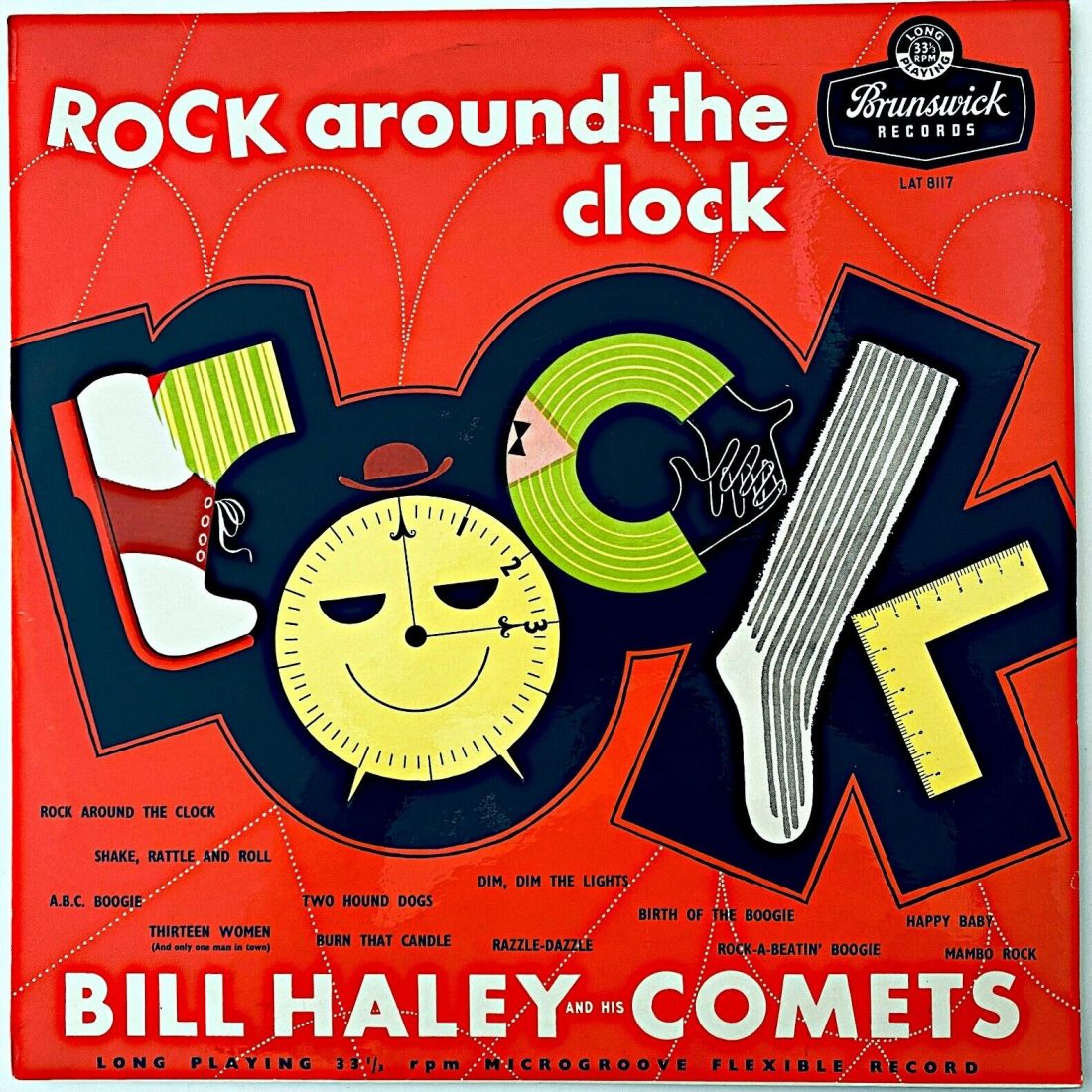 There are few songs in the history of rock ‘n’ roll that capture the spirit of rebellion, coolness, and swagger quite like “Blue Suede Shoes.” Though written and first recorded by Carl Perkins in 1955, it was Elvis Presley’s electrifying version that immortalized the track as one of the cornerstones of early rock. A simple song on the surface—about a man who doesn’t want anyone to step on his prized footwear—became, in Presley’s hands, a rallying cry for individuality, self-expression, and the raw energy of youth.
There are few songs in the history of rock ‘n’ roll that capture the spirit of rebellion, coolness, and swagger quite like “Blue Suede Shoes.” Though written and first recorded by Carl Perkins in 1955, it was Elvis Presley’s electrifying version that immortalized the track as one of the cornerstones of early rock. A simple song on the surface—about a man who doesn’t want anyone to step on his prized footwear—became, in Presley’s hands, a rallying cry for individuality, self-expression, and the raw energy of youth.
For Elvis, “Blue Suede Shoes” was more than just another single. It was the perfect vehicle to showcase his ability to fuse country, blues, and rhythm and blues into something brand new. With his voice teetering between playful charm and commanding authority, Presley turned what could have been a novelty tune into a cultural landmark. The song gave rock ‘n’ roll one of its first great anthems of style and identity.
In this article, we’ll dive deep into the origins of “Blue Suede Shoes,” the influence of Carl Perkins’ original version, Elvis Presley’s transformative interpretation, its reception, and its long-lasting legacy in the world of popular music. Along the way, we’ll explore how one simple pair of shoes became a symbol of youth culture and the foundation of Presley’s rise to stardom.
The Origins: Carl Perkins and the Birth of a Rockabilly Classic
Before Elvis Presley made “Blue Suede Shoes” famous worldwide, the song was the brainchild of Carl Perkins, another Southern musician blending country twang with the rhythm of the blues. Perkins, like Elvis, was signed to Sun Records under Sam Phillips in Memphis, Tennessee—the crucible where rockabilly was forged.
The inspiration for the song came from a real-life encounter. Perkins reportedly heard a young man boasting about his new shoes, telling his date: “Don’t step on my suedes!” The remark stuck with Perkins. Later, his wife suggested he write a song about blue suede shoes, a luxury item at the time that symbolized style and status.
Perkins sat down and wrote the song in late 1955, crafting a driving number with a twelve-bar blues structure. His recording, released in early 1956 on Sun Records, became an immediate hit on the country and R&B charts. Perkins’s version had grit, a raw guitar riff, and an earthy vocal delivery that made it one of the earliest rockabilly smashes. Unfortunately, Perkins was injured in a near-fatal car accident just as the song was peaking, preventing him from fully capitalizing on its success.
Enter Elvis Presley: The Song Finds Its King
Elvis Presley was also under contract with Sun Records before moving to RCA Victor in late 1955. By the time Perkins’s version of “Blue Suede Shoes” hit the airwaves, Presley was already making waves with singles like “That’s All Right” and “Mystery Train.” RCA, recognizing the potential of Perkins’s hit, encouraged Presley to record his own version in early 1956.
Presley recorded “Blue Suede Shoes” in January 1956, and it was released on his self-titled debut album Elvis Presley in March of that year. While he initially refrained from releasing it as a single out of respect for Perkins (who was still recovering from his accident), Presley’s performance on television catapulted the song into mainstream consciousness.
On The Milton Berle Show and later on The Ed Sullivan Show, Elvis’s hip-shaking, electrifying renditions of the song shocked older viewers and thrilled younger ones. The song became associated with his rising star, and though Perkins had written and first performed it, Presley’s version became the definitive cultural statement.
The Song’s Structure: Simple Yet Powerful
Part of what makes “Blue Suede Shoes” so enduring is its simplicity. It’s built on a classic twelve-bar blues structure, a staple of early rock ‘n’ roll. The lyrics are straightforward, even humorous:
-
“Well, it’s one for the money, two for the show / Three to get ready, now go, cat, go!”
The opening line, riffing on a popular nursery rhyme cadence, instantly grabs the listener and sets the tone for a playful yet urgent performance.
The chorus, meanwhile, distills the song’s central message into a single demand:
“Don’t you step on my blue suede shoes.”
What could have been a trivial request becomes a metaphor for personal pride, dignity, and individuality. The shoes represent self-expression—a way of saying, “You can do what you want to me, but don’t mess with who I am.” In the hands of Elvis, this refrain became one of the first declarations of youth culture in the rock era.
Elvis’s Interpretation: Swagger and Style
Where Carl Perkins’s version leaned heavily into country twang and raw energy, Elvis’s “Blue Suede Shoes” added polish, charisma, and swagger. His delivery was less about grit and more about attitude. He sang the lines with a sly grin in his voice, backed by a tight band that emphasized rhythm and drive.
Scotty Moore’s guitar work gave the song its rockabilly bite, while Bill Black’s bass and D.J. Fontana’s drums created a steady, propulsive beat. Elvis himself infused the lyrics with innuendo and swing, transforming the song from a novelty about shoes into an anthem of cool.
Presley also understood the importance of performance. On television, his body language—snapping hips, curling lips, and that famous sneer—turned “Blue Suede Shoes” into more than just a song. It became a spectacle, a challenge to conservative notions of propriety, and a beacon for teenagers hungry for something new.
Chart Performance and Cultural Impact
While Elvis’s version of “Blue Suede Shoes” was not initially released as a single in the U.S., it still managed to become one of the standout tracks on his debut album. The album itself soared to No. 1 on the Billboard Top Pop Albums chart, making Elvis the first rock artist to achieve such a feat.
In the U.K., RCA did release “Blue Suede Shoes” as a single, where it climbed to No. 9 on the charts in 1956. Over time, the song became one of Elvis’s signature numbers, performed regularly in his concerts and featured prominently in his early film appearances.
Its cultural impact, however, far outstripped its initial chart performance. The phrase “blue suede shoes” entered the lexicon, symbolizing youthful rebellion, style, and individuality. The song became one of rock ‘n’ roll’s first fashion anthems, forever linking clothing with identity and attitude.
The Symbolism of the Shoes
Why blue suede shoes? For one, suede shoes in the 1950s were expensive and fashionable, a symbol of status among young men. They were delicate—easily ruined by scuffs or stains—which made them impractical for working-class kids who nonetheless coveted them as symbols of aspiration.
By focusing on something as seemingly trivial as shoes, Perkins—and later Presley—tapped into the psychology of style as self-worth. The song’s protagonist doesn’t mind if you burn his house or drink his liquor, but step on his shoes, and you’ve crossed the line. That sentiment resonated with teenagers in the 1950s who were beginning to carve out their own identities, separate from their parents’ expectations.
In Presley’s version, the shoes became even more symbolic. They represented the fusion of music, fashion, and performance—three elements that would define rock ‘n’ roll culture for decades to come.
Televised Performances: Scandal and Stardom
Perhaps the most important factor in elevating “Blue Suede Shoes” to iconic status was Elvis Presley’s television performances. On programs like Stage Show, The Milton Berle Show, and The Ed Sullivan Show, Presley brought the song into millions of living rooms across America.
Older viewers often saw indecency in his gyrating hips and suggestive movements. Critics decried his style as vulgar, even dangerous. But for teenagers, it was a revelation. “Blue Suede Shoes” became more than a song; it was a moment of generational defiance, a soundtrack to the birth of a cultural revolution.
It was during these performances that Elvis earned nicknames like “Elvis the Pelvis” and cemented his image as the dangerous, charismatic king of a new musical style.
The Song’s Legacy: Covers and Tributes
Over the decades, “Blue Suede Shoes” has been covered by countless artists, from Johnny Cash to Buddy Holly to Black Sabbath’s Ozzy Osbourne. Even contemporary performers like John Fogerty and Chris Isaak have kept the song alive on stage.
Elvis himself returned to the song repeatedly throughout his career. During the 1968 Comeback Special, Presley delivered a fiery rendition that reminded audiences of his roots in raw rock ‘n’ roll. In the 1970s, it became a staple of his Las Vegas shows, where the song took on new life with larger band arrangements.
The song also appeared in numerous films and TV shows, further cementing its place in pop culture. It’s not just a rock classic; it’s a cultural shorthand for the birth of cool.
Blue Suede Shoes in the Rock ‘n’ Roll Pantheon
In 1986, Carl Perkins’s original version of “Blue Suede Shoes” was inducted into the Grammy Hall of Fame, recognizing its significance as one of the first major rock hits. But it is impossible to separate that legacy from Elvis Presley’s interpretation, which carried the song from regional hit to global anthem.
Rolling Stone magazine has consistently ranked “Blue Suede Shoes” among the greatest songs of all time, crediting both Perkins’s songwriting and Presley’s transformative performance. Together, they gave the world a blueprint for rock stardom: catchy music, stylish imagery, and a rebellious attitude.
Why It Still Matters
Nearly seventy years after its release, “Blue Suede Shoes” continues to resonate because it represents the moment rock ‘n’ roll came into its own. It’s not just about shoes; it’s about identity, pride, and the refusal to let anyone trample on your sense of self.
Elvis Presley’s version crystallized that message and delivered it with enough charisma and energy to launch a cultural revolution. It bridged the gap between black rhythm and blues, white country, and mainstream pop, creating a new genre that spoke to an entire generation.
Today, the song still feels fresh, its opening lines instantly recognizable, its message timeless. Whether heard on vinyl, in a jukebox, or streaming through headphones, “Blue Suede Shoes” remains a cornerstone of rock ‘n’ roll history.
Conclusion: One for the Money, Forever in History
Elvis Presley didn’t write “Blue Suede Shoes,” but he made it immortal. By taking Carl Perkins’s clever, rootsy composition and injecting it with swagger, charm, and electricity, Presley transformed it into one of the defining songs of early rock ‘n’ roll.
It was a song about shoes, yes, but it was also about pride, defiance, and individuality. Elvis’s performances of “Blue Suede Shoes” shocked parents, thrilled teenagers, and set the tone for everything rock music would become.
In the end, “Blue Suede Shoes” was more than just a hit. It was a cultural marker, a declaration of style and selfhood that continues to echo through popular music. Like those prized shoes, the song remains untouchable, a symbol of rock ‘n’ roll’s eternal cool.


